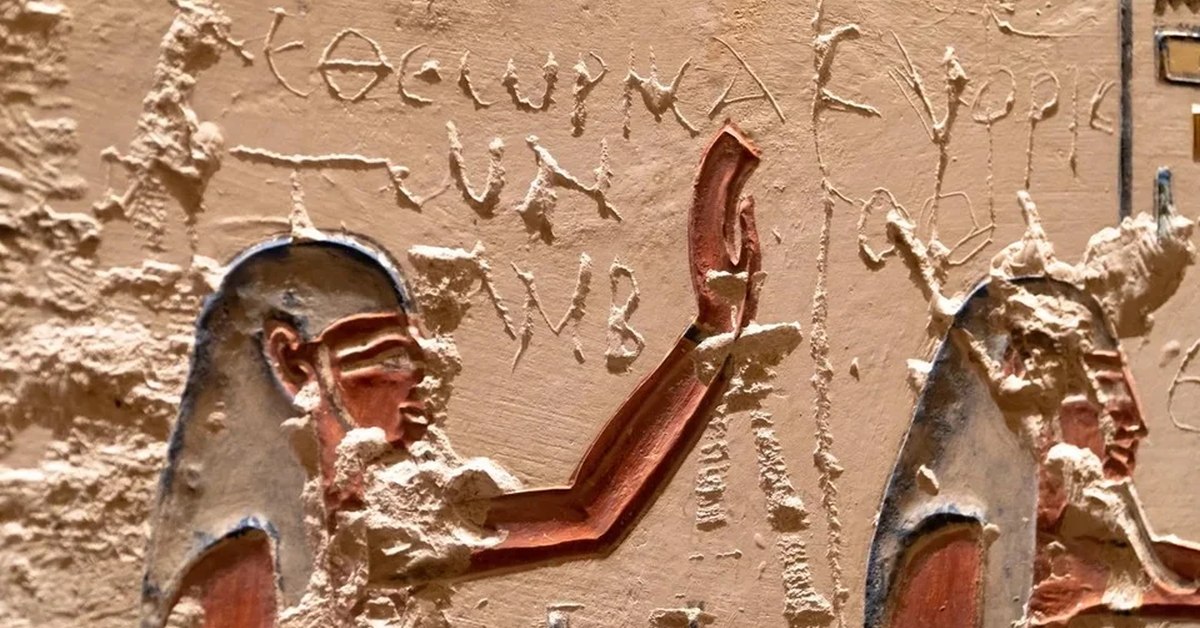Ancient Greek tourists to Egypt left reviews carved into stone that are reminiscent of discussions on Trip Advisor and other travel forums.

“I visited and I did not like anything except the sarcophagus!”; “I admired!” “I can not read the hieroglyphs!” – these are some of the inscriptions read by Prof. Adam Łukaszewicz from the University of Warsaw while working inside the tomb of Egyptian pharaoh Ramesses VI in the Valley of the Kings. And these carvings were left by tourists who visited the place about two millennia ago!
The Valley of the Kings in Upper Egypt is the country’s main tourist attraction besides the Giza pyramid complex. Most pharaohs of the 18th-20th dynasties, who ruled from 1550 to 1069 BC, were buried here in the tombs cut in rock – the most famous of them being Tutankhamen’s tomb, which was discovered in 1922.

“The Valley of the Kings was a tourist destination already in antiquity. Like today, tourists often signed their names in the places they visited. Among the more than sixty tombs in this area, in at least ten there are inscriptions made by ancient travelers,” Łukaszewicz said in a statement.
He and his colleagues from the Institute of Archaeology at the University of Warsaw have been examining the ancient graffiti in closer detail, hoping to reveal more about what travelers to one of the world’s oldest attractions thought of the memorials to long-dead rulers. Although viewed by some as vandalism of invaluable historical sites, the Polish researchers believe that these messages from the average citizen of the antiquity could open a new window to the past.
The tomb of Ramesses VI, who reigned from 1145 to 1137 BC, was chosen due to the rich variety and high number of such scribblings it contained.

Over 1,000 inscriptions have been found scattered around the 300 foot (100 meter) long tomb cut into the rock bed. Some are the equivalent of ‘John Smith was here’, with the names of visitors written in Greek or, less frequently, in Latin. Others, however, read like reviews found on popular travel forums or in social media, according to Łukaszewicz.
Even conversations between some of the visitors have been uncovered. According to one inscription, a visitor had admired the tomb and read the hieroglyphics.
Another visitor commented below: ‘I cannot read this writing!’
Under that, a third traveler wrote: ‘Why do you care that you can not read the hieroglyphs, I do not understand your concern!’.
